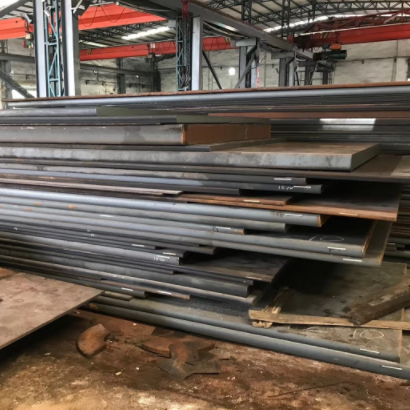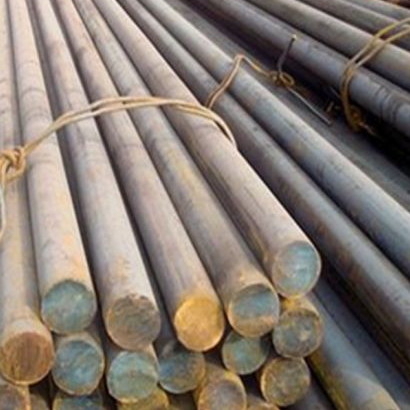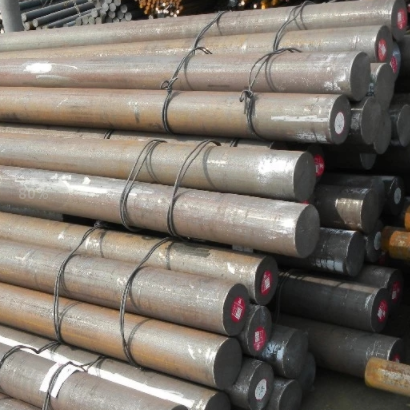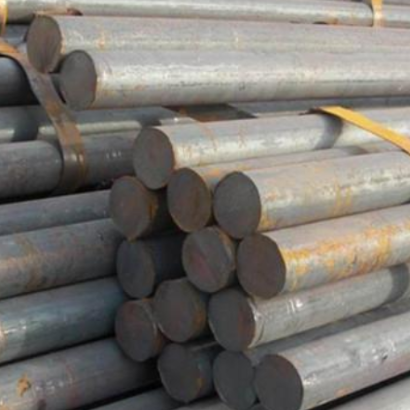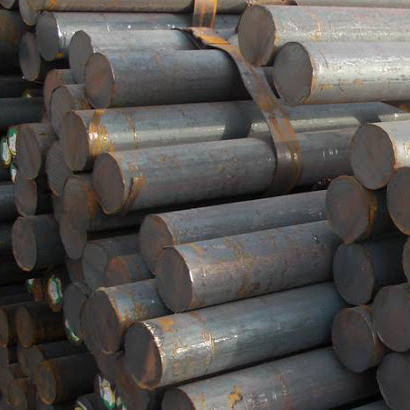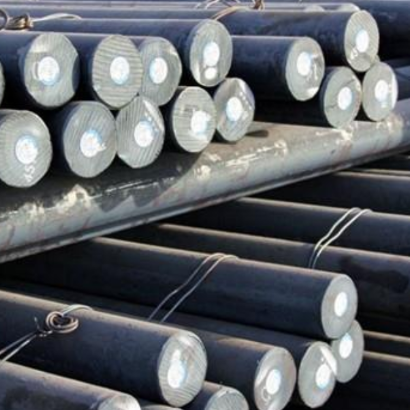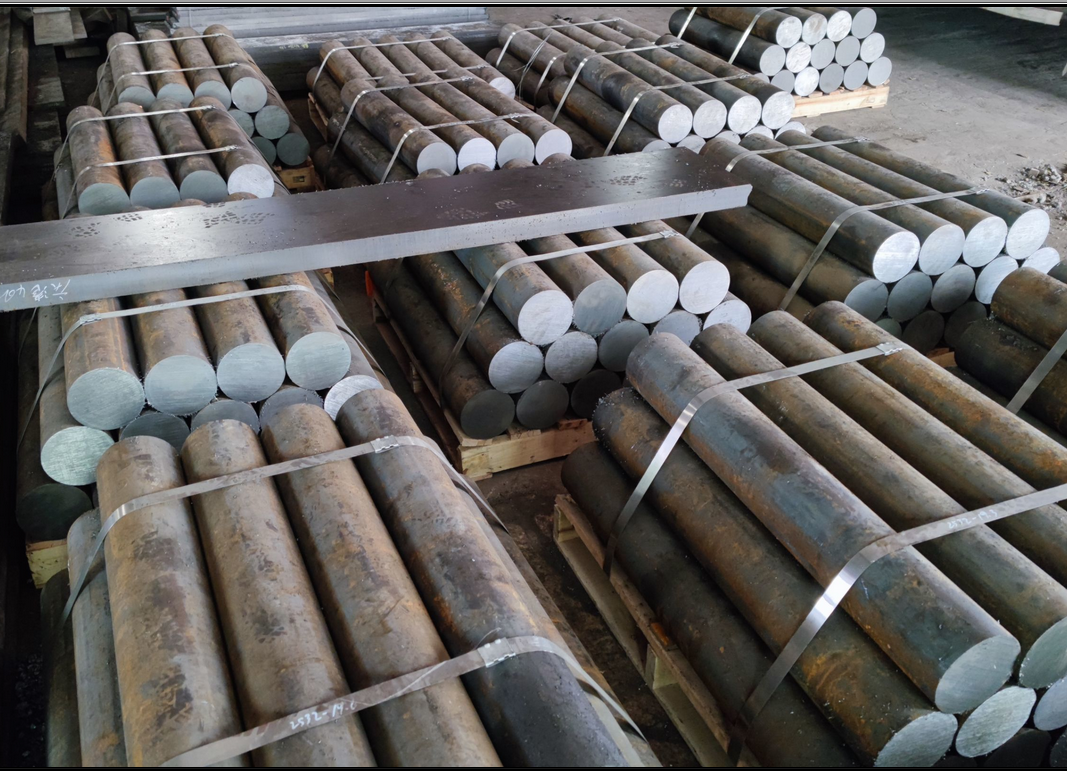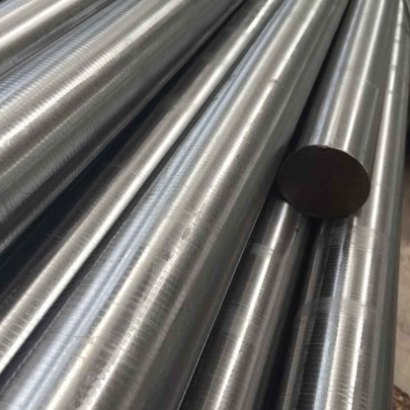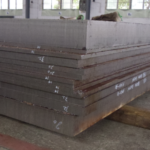- Superior case hardenability: 8620 steel has better case hardenability compared to 4140 steel, making it more suitable for applications where a hardened surface is required.
- Impact resistance: The nickel content in 8620 steel contributes to its excellent toughness and impact resistance, making it ideal for parts subjected to heavy loads and impact forces.
Advantages of 4140 Steel over 8620 Steel
- Higher tensile strength: 4140 steel offers higher tensile strength compared to 8620 steel, making it suitable for applications requiring extreme load-bearing capacity.
- Better wear resistance: The chromium content in 4140 steel enhances its wear resistance, making it ideal for components subjected to abrasive conditions.
Choosing the Right Steel for Specific Applications
The selection between 8620 steel and 4140 steel depends on the specific requirements of the application. For applications demanding higher impact resistance, 8620 steel may be preferred, while 4140 steel is favored in situations that require superior tensile strength and wear resistance.
Heat Treatment and Machinability
Both 8620 and 4140 steels respond well to heat treatment processes, enabling engineers to tailor their mechanical properties to meet specific needs. Additionally, both steels have good machinability, allowing for ease of shaping and manufacturing.
Welding Considerations
While both steels are weldable, precautions should be taken to ensure proper pre-heating and post-weld heat treatment to prevent issues such as cracking and reduced impact toughness.
Cost Considerations
The cost of 8620 steel and 4140 steel may vary based on market conditions and availability. In general, 8620 steel tends to be more cost-effective than 4140 steel, making it an attractive option for budget-conscious projects.
Conclusion
8620 steel and 4140 steel are excellent choices for engineering applications requiring high strength, toughness, and wear resistance. Understanding their respective properties and advantages is essential for making informed decisions when selecting the most appropriate steel for specific projects. Careful consideration of the mechanical requirements, environmental factors, and budget constraints will lead to optimal material choices and successful outcomes in various engineering endeavors.
